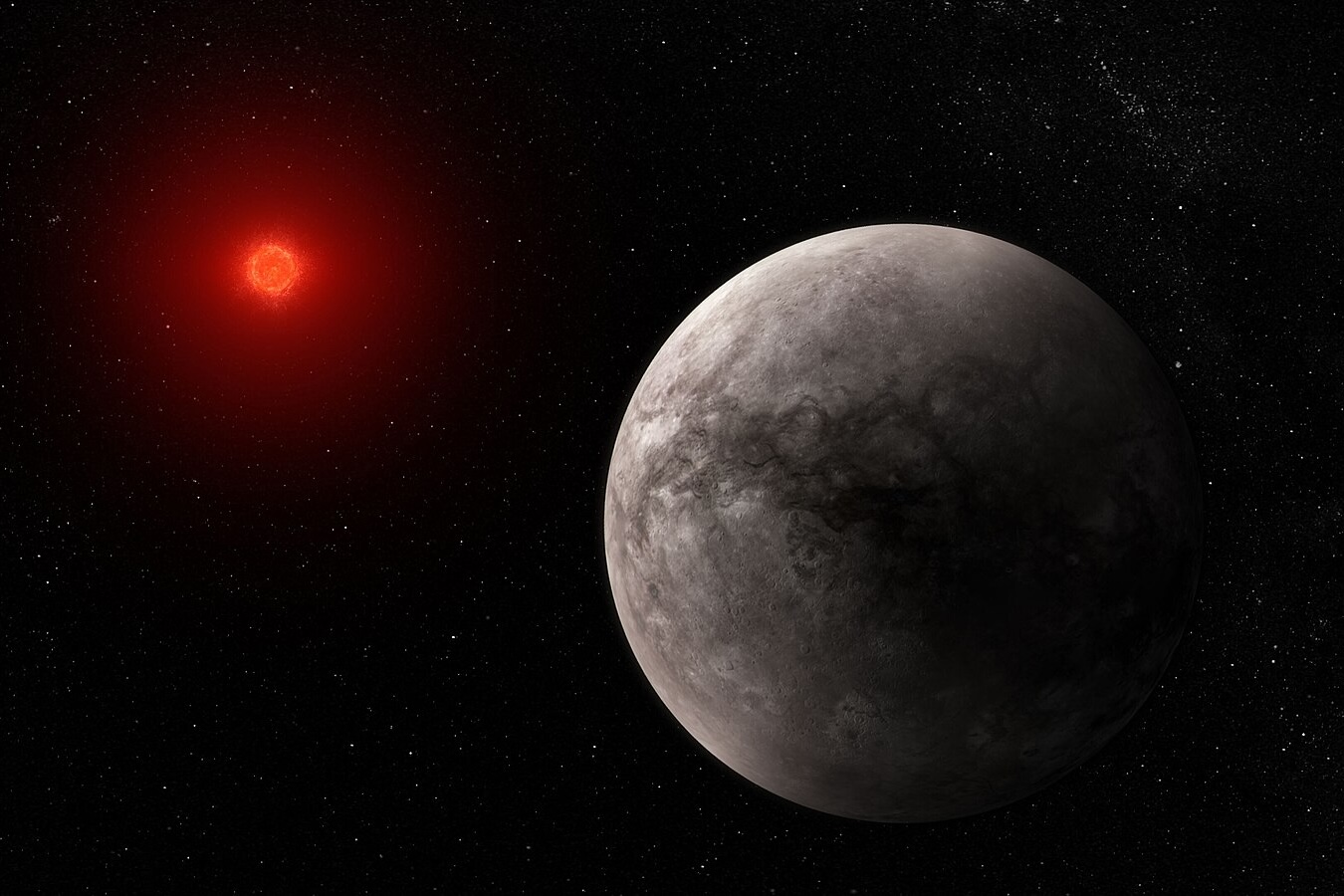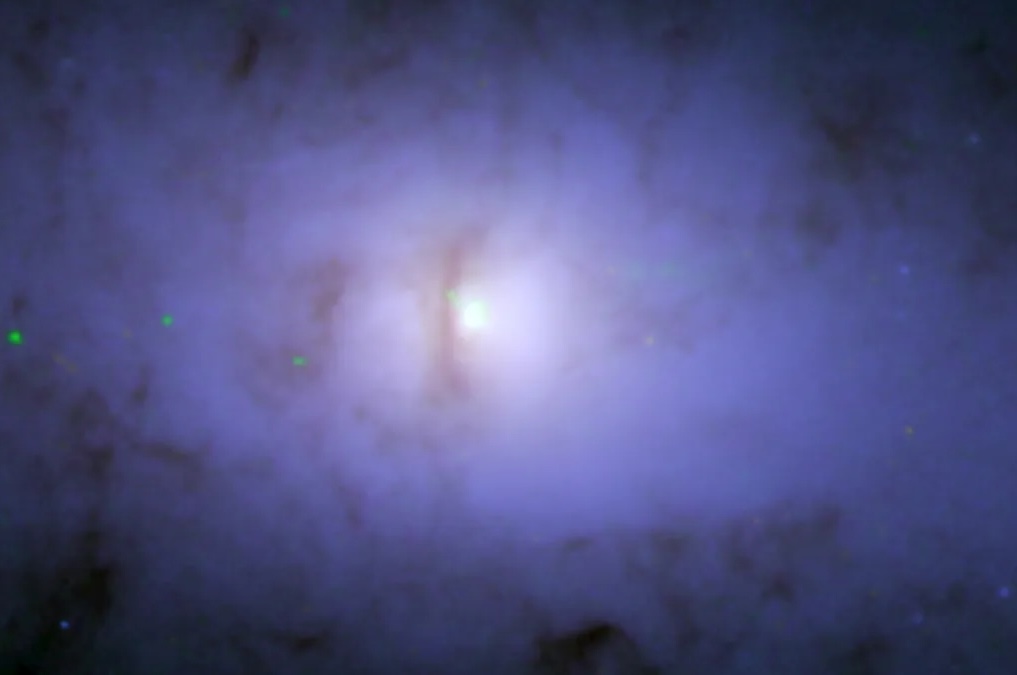In the journals JGR: Planets and JGR: Machine Learning and Computation, BAERI Research Scientist Ariel…
Dr. Irina Kitiashvili Convenes AGU Session on Solar Activity
BAER Institute’s Dr. Irina Kitiashvili of the Heliophysics Modelling and Simulation Project at NASA Ames served as the primary convener of “Advances in Observations, Data-Constrained Modeling, and Predictions of Solar Activity from the Deep Interior to the Corona” at the recent fall meeting of the American Geophysical Union, held in New Orleans, LA, Dec. 11-15, 2017. The session’s goal was discussing recent advances in the understanding and prediction of solar activity. In particular, recent advances in the sun’s vector magnetic field measurements provide important clues to both the dynamic processes in the interior and the eruption processes in the Sun’s corona.
With the rapid increase in solar data and the capability of magnetohydrodynamics models of the solar convection zone, researchers are developing the ability to forecast the next level of sunspot cycle. The combination of observational, theoretical, and modeling efforts is a key to understanding solar activity variation, dynamics, and evolution. Also, this synergy leads to reliable physics-based forecasts of long-term solar cycles and short-term activity manifestations (aka, “seasons of solar activity”), such as periods of enhanced flaring and coronal mass ejection, a significant release of plasma and magnetic field emanating from the solar corona. Discussions focused on predictions of the next solar cycle that is expected to be weaker than the current cycle. This will have a significant impact on the solar wind, our space environment, and the state of Earth’s atmosphere. Of particular interest was a presentation of the recalibrated historical record of the sunspot number, which affects predictions. A topic of hot debate was the recent application of advanced mathematical data assimilation methods. Also of interest were the substantial advances in developing 3D numerical simulations of the global Sun activity, as well as the helioseismic diagnostics of solar dynamics over the last two cycles. Several posters presented plans for future observations of solar activity from ground-based observatories and space missions.
Co-Conveners were Dr. Mausumi Dikpati (High Altitude Observatory, NCAR), Dean Pesnell (NASA/GSFC), and Xudong Sun (Hansen Experimental Physics Laboratory, Stanford University). The session consisted of a morning oral session and afternoon poster session. The oral session included 6 invited and 7 contributed talks. In addition, 18 papers were presented at the poster session. Approximately 100 scientists participated in both sessions. From the many comments from participants to Kitiashvili, the session was quite successful as well as important and timely.



